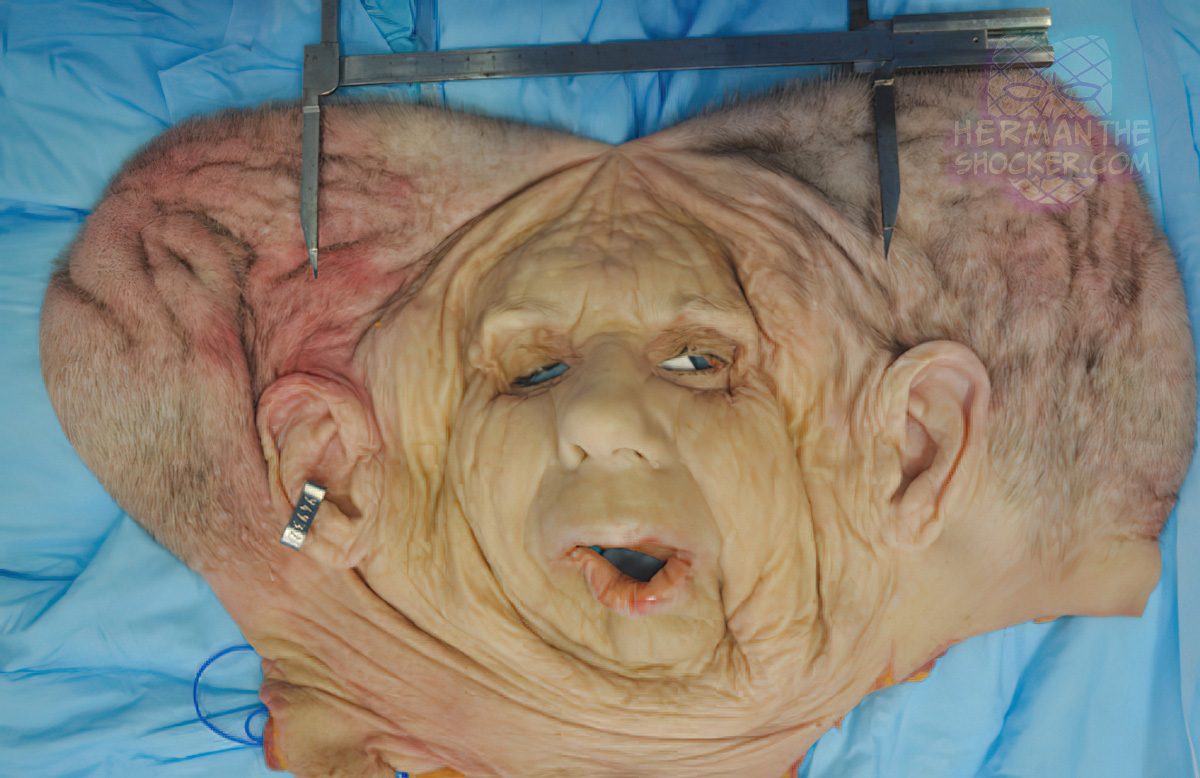Hospital of the University of Pennsylvania. Composite facial allografts have become increasingly popular in the reconstruction of complex facial defects. Good to excellent aesthetic results can be achieved, particularly when a foundation of donor skeleton has been transferred. A conventional craniofacial technique (monobloc osteotomy) can be used to transfer a thin monocortical foundation of bone, even in lieu of a skeletal defect, to improve the recipient periorbital and malar aesthetics.
The monobloc osteotomy approach was used to obtain a full facial allograft and modified ex vivo to a thin monocortical layer and transferred to an anatomical facial skeleton. Named the “masque” flap because of the resemblance of the outline of the foundation of bone to a costume worn in masquerade balls.
The masque flap was performed on two fresh-frozen cadavers.Thetotal time to harvest and thin the osteomyocutaneous flap was 155 minutes (30 minutes to modify it ex vivo). The average total surface area was 1060 cm2. Periorbital and malar ligaments were maintained, as was the integrity of the canthal tendons. The modified monobloc composite facial allograft technique allows transfer of a full facial allograft and maintains malar projection and excellent shape of the palpebral aperture.
The use of cadaveric heads for dissection and documentation was approved by the Operational Committee of the Perelman School of Medicine Morgue before proceeding. A total of four dissections were performed.
Latest posts





















